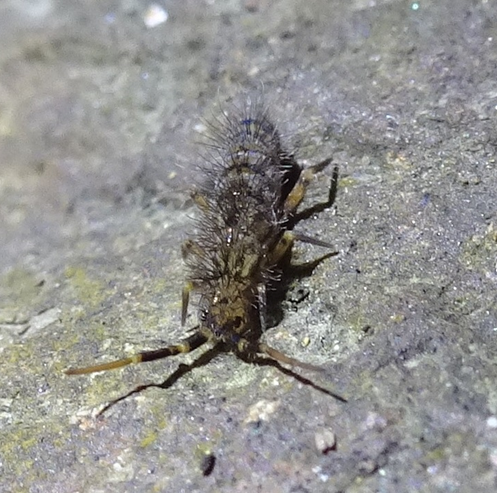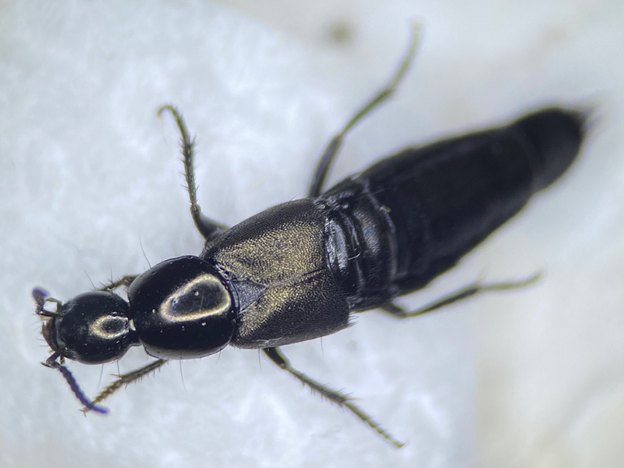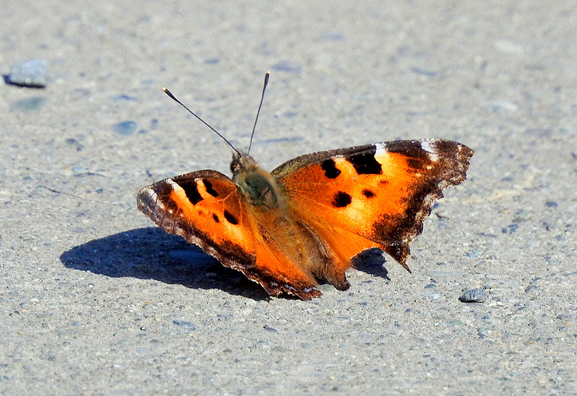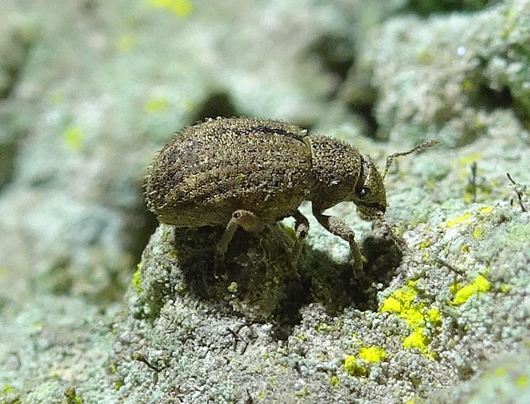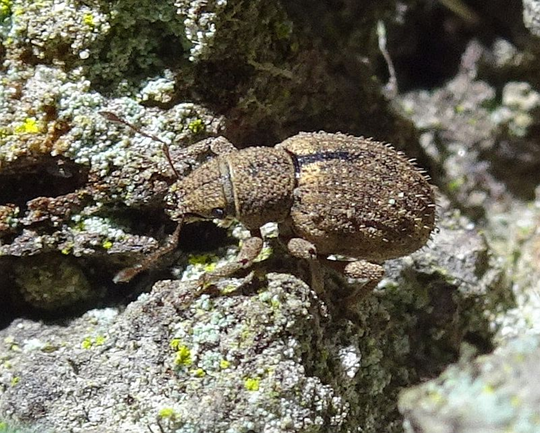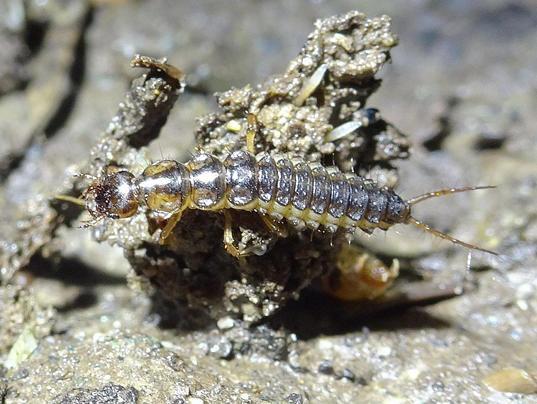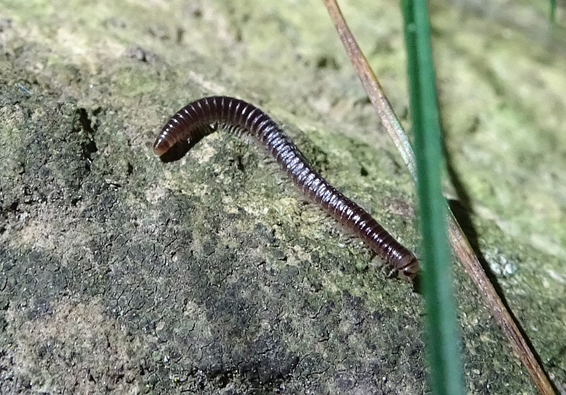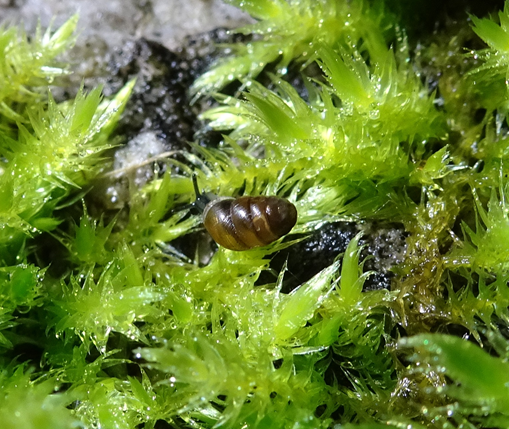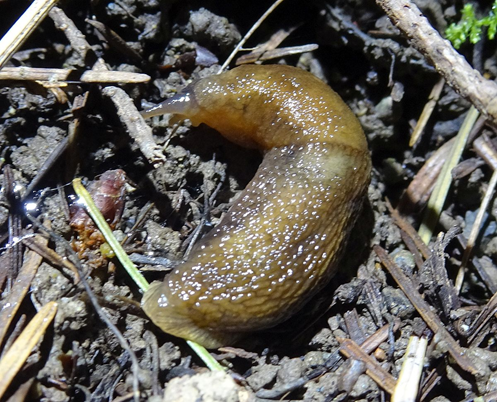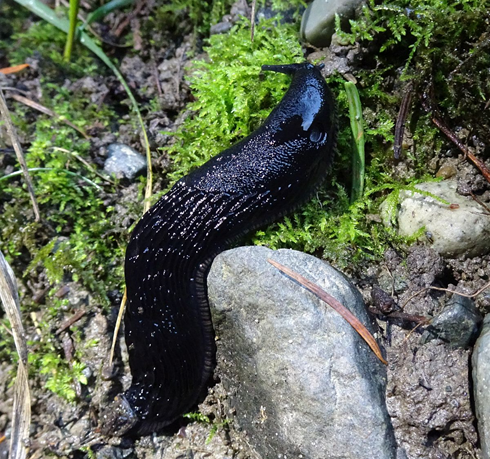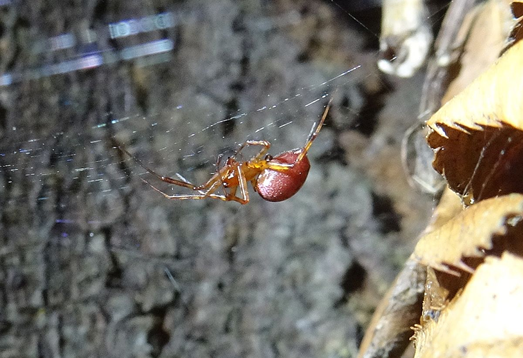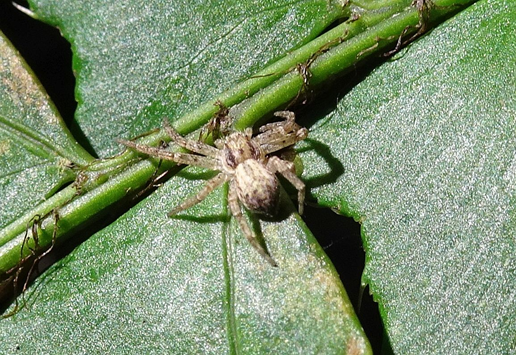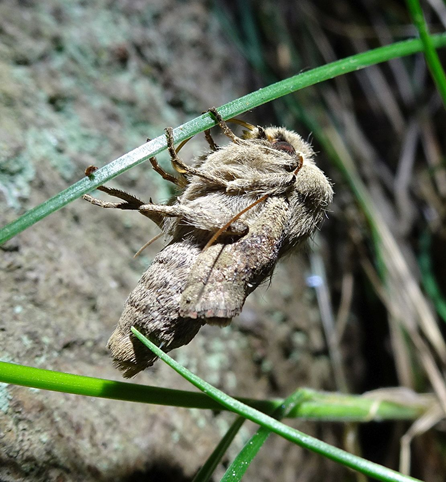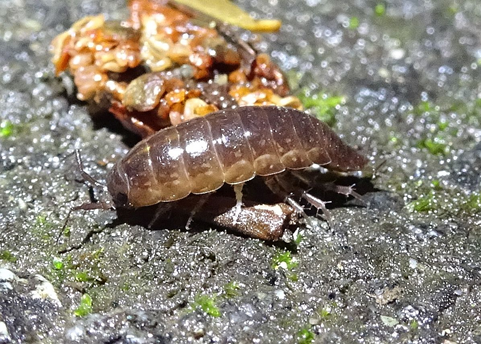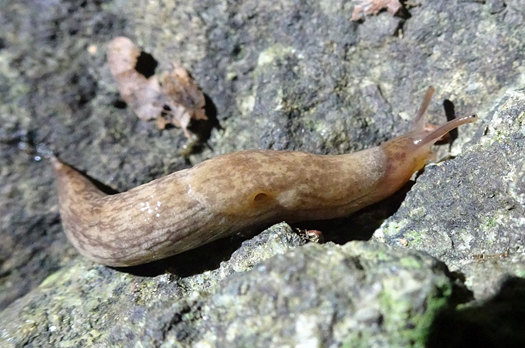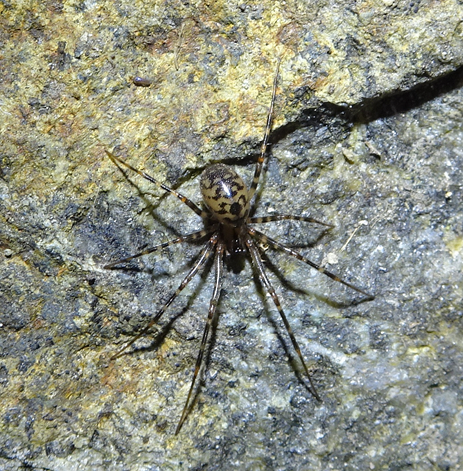2021 April 1
Egira crucialis/simplex is a difficult pair of moths to identify, and it keeps us moth-ers guessing every year. Kirsten Mills sent a photograph of one from near Hillside Mall, March 31. It looks very close to the moth shown on March 28 and which is known to be crucualis. Libby Avis and Jeremy Tatum both believe that Kirsten’s moth most likely is indeed Egira crucialis.

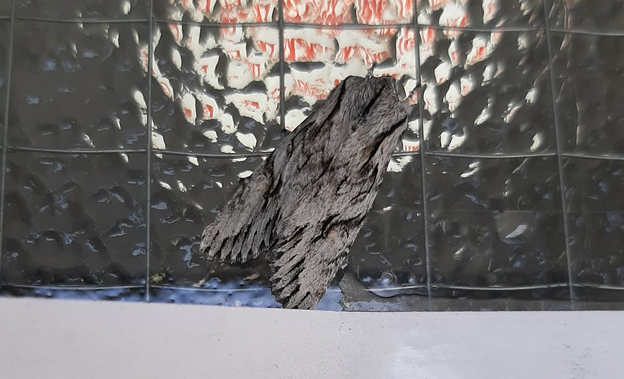
Egira crucialis (Lep.: Noctuidae) Kirsten Mills
The wasp below, photographed by Rosemary Jorna in the Kemp Lake area, March 31, also poses an identification problem, but Darren Copley and Sean McCann both suggest Vespula acadica.

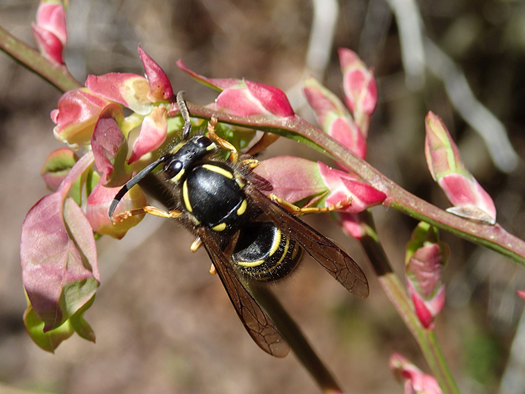
Vespula acadica (Hym.: Vespidae) Rosemary Jorna

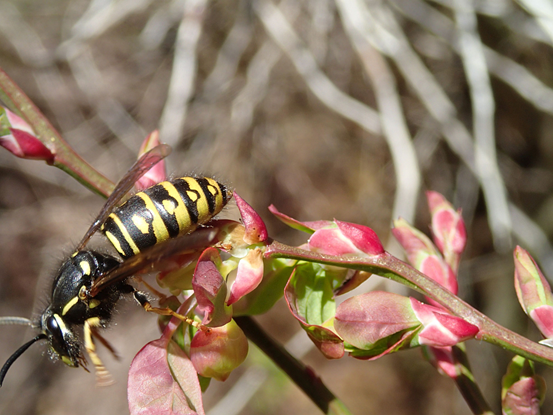
Vespula acadica (Hym.: Vespidae) Rosemary Jorna
And here’s a bug from the same area:

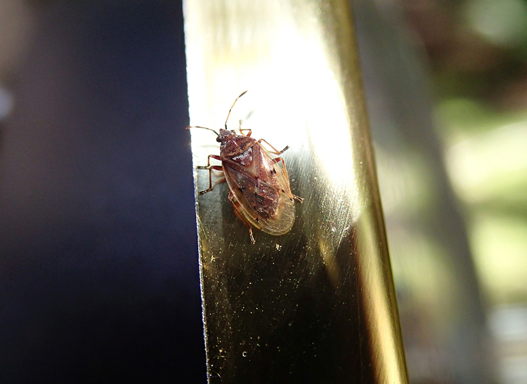
Kleidocerys resedae (Hem.: Lygaeidae) Rosemary Jorna
Rosemary has been finding some very tiny creatures on the trunks of her maple trees. I had no idea, writes Jeremy Tatum, what the animal below is, so I was glad that Charlene Wood immediately spotted it as a springtail, of a rather different sort from the ones that have been appearing recently on this site. A quick email followed, to springtail expert Frans Janssens in Antwerp, who zeroed in to genus: Pogonognathellus sp. The white area to the right in the first photograph below is a fingernail. Frans writes: Tomocerinae are easily recognised by the distinctly long antennae, more especially the long third antennal segment.

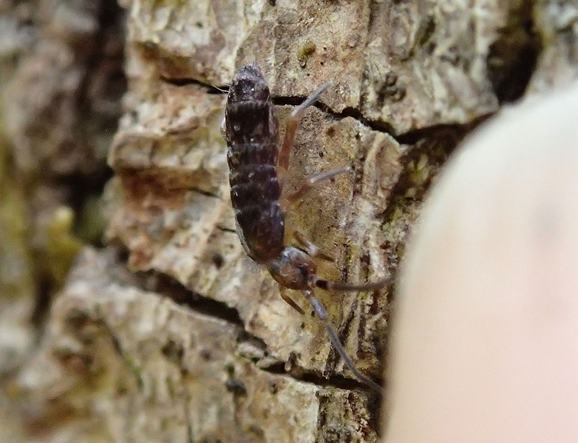
Pogonognathellus sp. (Coll.: Entomobryomorpha – Tomoceridae – Tomocerinae) Rosemary Jorna

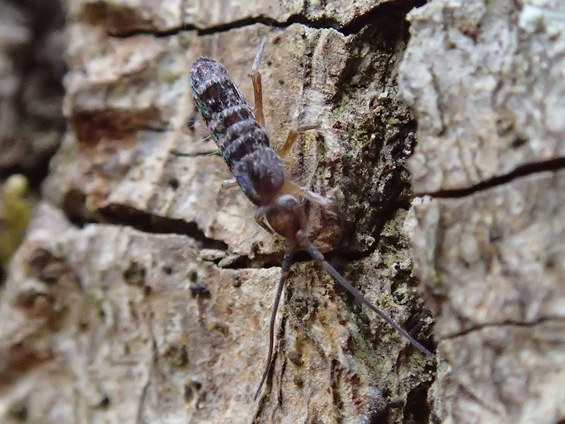
Pogonognathellus sp. (Coll.: Entomobryomorpha – Tomoceridae – Tomocerinae) Rosemary Jorna
We don’t yet know what the tiny creature in the next two photographs is. Also photographed by Rosemary near Kemp Lake. Possibly it might be a bark louse, Psocodea.

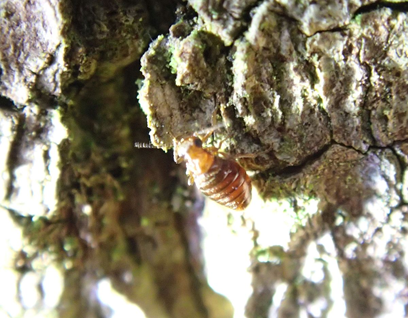
Possibly a bark louse (Psocodea)? Rosemary Jorna

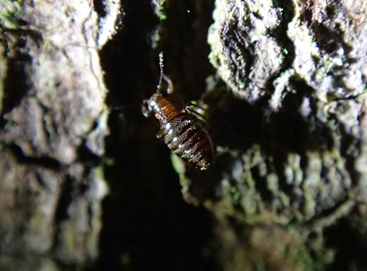
Possibly a bark louse (Psocodea)? Rosemary Jorna
Ian Cooper sends a photograph of a nematoceran fly, which we believe is probably of the Family Tipulidae, the Family that includes the familiar crane flies.
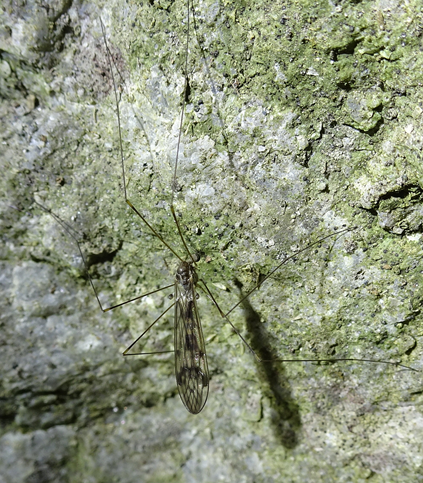
Probably a crane fly (Dip.: Tipulidae) Ian Cooper

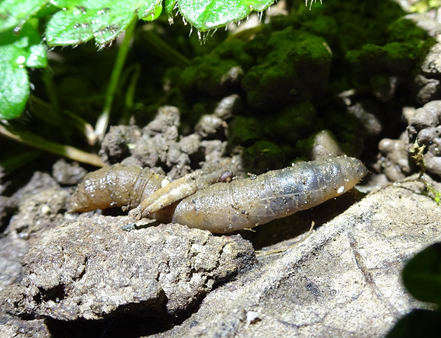
Probably “leatherjacket” larva of a crane fly Tipula paludosa (Dep.: Tipulidae) Ian Cooper

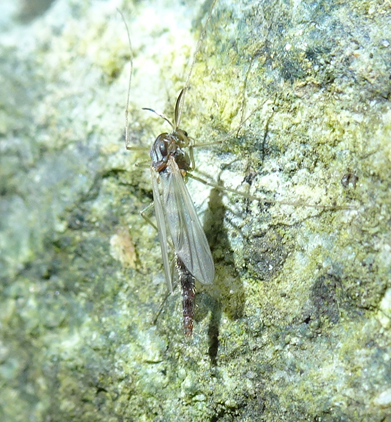
Nonbiting midge (Dip.: Chironomidae) Ian Cooper

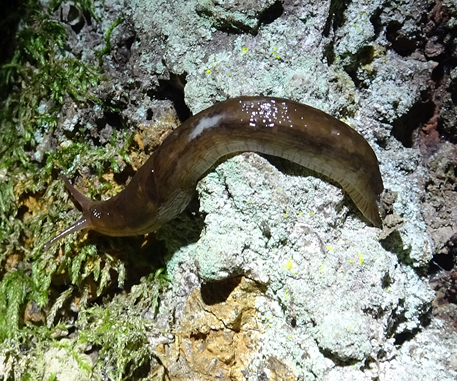
Possibly Ambigolimax valentianus (Pul.: Limacidae) Ian Cooper

